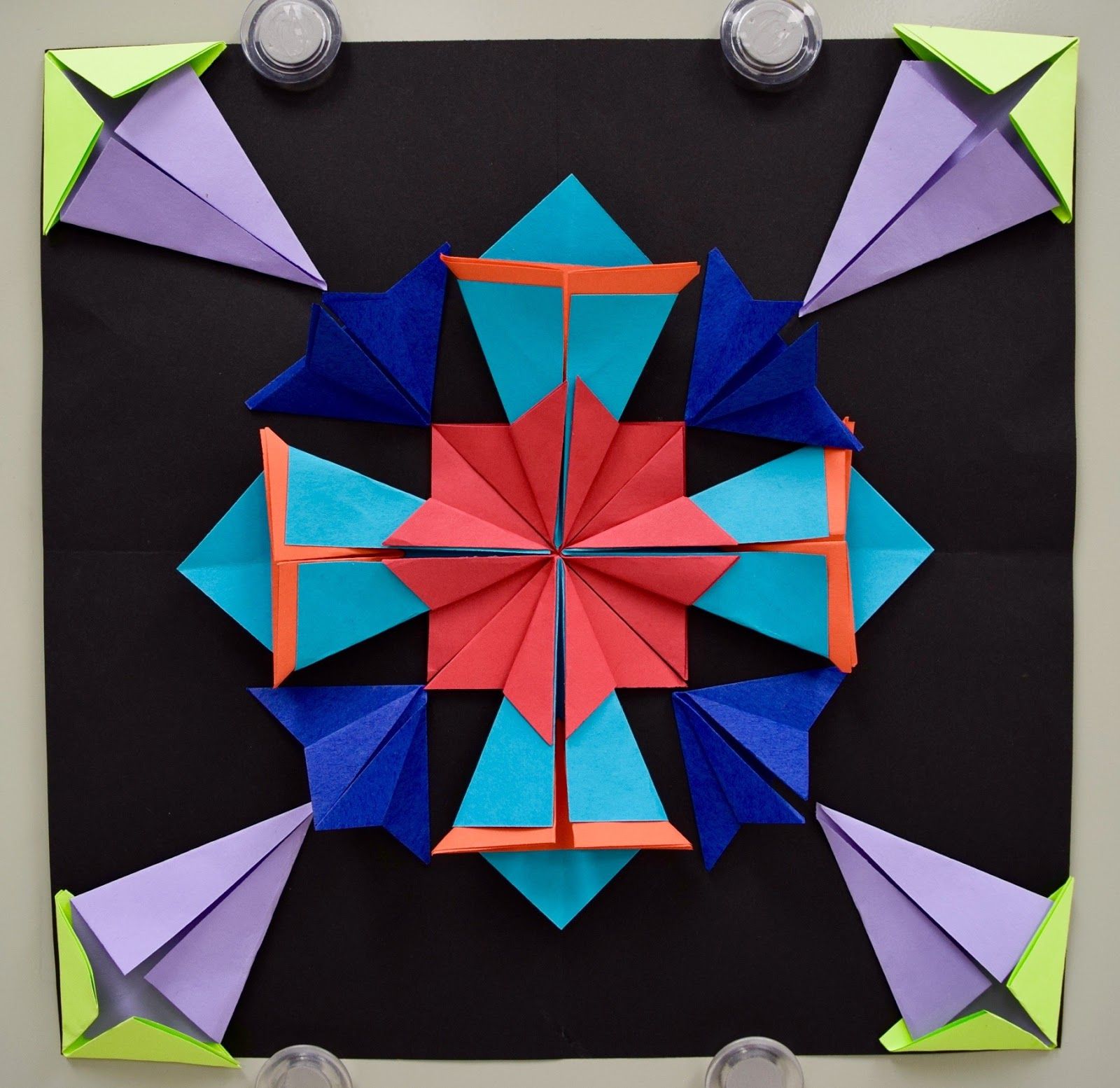Origami Art Lesson Plan
Read the paper crane to them before starting the lesson.
Origami art lesson plan. Students create paper cranes using the art of origami from japan as a basis. Choose watercolor patterned papers to make a realistic looking origami flower. This lesson plan includes three lesson plan enrichment activities a vocabulary list and ideas for possible origami materials.
This origami lesson plan also includes. First distribute the key to using origami symbols mini reproducible below. If this book can t be found in your school or local library.
Baburam kharel bk title of lesson. Topic d sculpture objectives. Next demonstrate the folds with a larger piece of paper.
History have students view examples of origami at things to fold or make printouts from this site. Step by step instructional powerpoint 10. Lesson plan discuss the meaning of the word origami.
History of origami the art of japan. Here are some ideas to consider. 9th and 10th honors or regular.
In this origami lesson students watch a demonstration on how to do origami. Young scholars develop origami skills. Decorate an origami box with stickers.
Powerpoint 7 minutes talk about what origami is history of origami asian culture where it originated talk. Step by step procedure once the airplanes are gone or confiscated tell students that math and art are combined in the traditional japanese. Add google eyes to an animal.
Janice rahn submitted by. 2 pieces of 4x4 origami paper of their choice both. Origami lesson plan micro teach c i for non majors art instructor.
Pass out materials 3 minutes each student will receive. Explain information about origami from teacher selected sources or from these suggested sites. Begin by displaying several examples of origami for the class.
Component 10 expression iii media and techniques. Add glitter to an origami photo frame. Young scholars then try origami themselves.
Now have them read the introduction the art of. Ask the students if they know what is on display writing their ideas on the board. Make sure the paper faces the way the students paper is facing them.
Students will use media and techniques with an emphasis on more indirect complex procedures and effects in drawing painting printmaking sculpture fabric arts photography and technographic arts. Visit a website or use the book. Description of the class.
Next demonstrate the folds with a larger piece of paper.




















